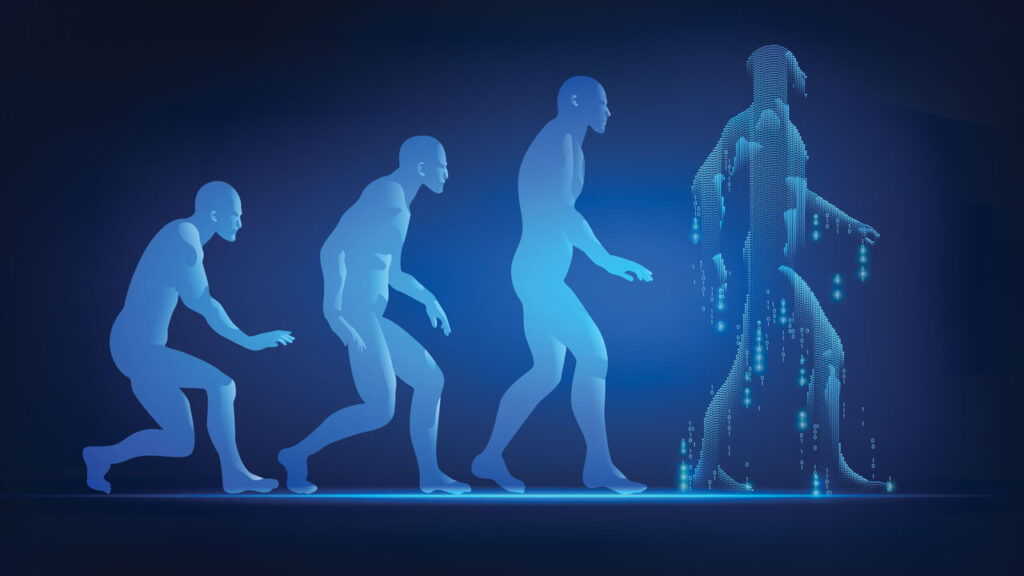AI Transformation: Evolving Trends and the Human-Machine Matchmaking in Localization
The global stage is buzzing with the evolution of translation engines, localization is booming with AI superpowers and automation is freeing you to unleash your linguistic magic.
In this dynamic landscape, it’s natural to wonder, “Is AI taking over? What role does the human touch play in a world driven by algorithms?” Fear not, fellow language enthusiasts! AI in localization isn’t an unfortunate plot twist, but an evolutionary leap. Let’s dive into the trends of localization, where humans and machines team up to conquer cultural nuances and rewrite the rules of translation!
AI Trends Reshaping the Game:
How Artificial Intelligence is Changing the Localization Landscape?
-
Machine Translation (MT):Neural networks are learning languages faster than ever, offering increasingly accurate and nuanced translations.
-
Contextual Intelligence Emerges: AI is starting to realize the context of language, understanding cultural references, humor, and double meanings.
-
Automation Takes the Wheel: Repetitive tasks are being automated, freeing translators to focus on the creative and strategic aspects.
-
Personalization Gets Likable: AI can tailor translations to specific audiences & dialects, ensuring cultural relevance and a more personalized experience.
Yet, are you ready to bridge the world with AI as your wingman?
Hold the Robots, Here Come the Humans:
AI might be a digital maestro, but it lacks the heart of human expertise. Here’s where the human touch remains irreplaceable:
- Creative Nuances and Cultural Intuition:AI can’t capture the emotional weight of words, that make a translation resonate. That’s where the human translator’s empathy and expertise shine.
- Contextual Capability: Human possess a natural understanding of the bigger picture –the unspoken messages within a text–, that ensure translations’
accuracy. - Strategic Decision-Making: Choosing the right translation for a specific audience, and making judgment calls on complex linguistic issues still require the human’s critical thinking.
Over and above, let’s explore the vital connection between AI and the human sense in this brave new world.
The Synergy, not the Rivalry:
It’s not about robots replacing humans, but about humans and robots reinventing the art of localization together. AI is a tool, a partner, an assistant that empowers translators to reach the peak:
- Faster Turnaround Times: AI handles the heavy lifting, freeing translators to focus on more complex tasks, leading to faster project completion.
- Cost Optimization: Automating repetitive tasks and improving translation accuracy can lead to significant cost savings for both clients and vendors.
- Global Reach: AI opens doors to previously inaccessible languages and niche markets, allowing businesses to connect with audiences worldwide.
- Innovation and Experimentation: AI can generate new possibilities for creative adaptation and transcreation, allowing translators to explore modern approaches and push the boundaries of localization.
But in this symphony of innovation, one name often dominates the headlines: ChatGPT
AI on the Localization Stage: Real-World Examples of AI Technologies’ Impact and Beyond
While ChatGPT undoubtedly plays a fascinating role, it’s just one instrument in a vast orchestra of AI technologies driving transformative change.
In the upcoming lines we’re going to highlight some real-world examples of how prominent companies are utilizing AI to reshape the localization environment:
- Netflix: The streaming giant leverages AI to personalize subtitles and captions for different audiences. This includes adapting humor, cultural references, and slang to resonate with viewers in specific regions.
- Booking.com: This travel booking platform uses AI to translate listings and reviews in real-time, making their platform accessible to a global audience.
- Microsoft: The tech giant’s app incorporates AI to adapt text to spoken language nuances. This technology empowers business meetings across cultures, ensuring smooth communication.
-
BMW: This luxury car manufacturer utilizes AI to translate marketing materials and user manuals for diverse markets, while implementing local regulations and cultural sensitivities.
These are just a few examples of how AI, including ChatGPT certainly, is impacting the world of localization.
In Conclusion:
AI is not the enemy, it’s the evolution!
AI fuels your efficiency, lets you personalize every message, and unlocks markets you never dreamt of, all while your human touch adds the heart and soul that makes magic happen.
The future of localization isn’t a battle, it’s a tango, a beautiful dance between human brilliance and machine efficiency. So, share your thoughts! What excites you about this AI-powered partnership? And where do you see the industry heading?


